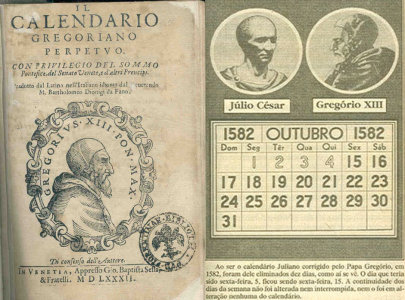How the New Year Has Changed Throughout History

Celebrating the new year on January 1st hasn’t always been the case. In fact, the month of January didn’t exist until around 700 B.C. and the first time the new year was celebrated on January 1st was in 153 B.C!
Earliest Known Celebration
The earliest known recording of a new year celebration comes from Mesopotamia around 2000 B.C. It was celebrated in Mid-March around the time of the vernal equinox (also known as the spring equinox). It was a celebration by the Babylonians of ancient Mesopotamia that was a multi-day festival called Akitu. It was a festival deeply intertwined with religion and mythology. During Akitu, the Babylonians celebrated and honored their supreme god Marduk. This ‘god’ was the god they saw as presiding over justice, compassion, healing, magic and fairness.
The Egyptians, Phoenicians and Persians also held new year celebrations but theirs were held during the fall equinox. Hieroglyphic inscriptions from Egypt’s Old Kingdom tombs list the new year festival happening in relation to the flooding of the Nile river. New Years was also seen as the birthday of Egypt’s sun god, Ra-Horakhty.
The earliest Roman calendar designated March 1 as the new year. During the early period in Rome, the calendar had just ten months, beginning with March. This fact can be seen when you look at the names of the months. September through December, our ninth through twelfth months, were originally positioned as the seventh through tenth months (septem is Latin for “seven,” octo is “eight,” novem is “nine,” and decem is “ten.”)
Two New Months Added to the Calendar
The months of January and February didn’t even exist on the Roman calendar until around 700 B.C., and the new year wasn’t celebrated on January 1st in Rome until 153 B.C. The new year was moved from March to January because that was the beginning of the civil year, the month when two newly elected Roman consuls, the highest officials in the Roman republic, began their one-year tenure. However, this new year date was not strictly nor widely observed as many continue the new year celebration on March 1st.
In 46 B.C. Julius Caesar introduced a new, solar-based calendar that was a vast improvement on the ancient Roman calendar, which was a lunar system that had become wildly inaccurate over the years. The Julian calendar decreed that the new year would occur on January 1st. From then forward, the Roman world began to consistently observe January 1st as the beginning of the new year.
During the Middle Ages
This changed once again during the Middle Ages. During this time, new year celebrations had begun being seen as a pagan celebration. Then in 567, during the Council of Tours, the January 1st celebration was abolished. However, people throughout Europe still chose to celebrate the new year but did so on different dates. The dates chosen were most often important Christian dates such as December 25 (the birth of Jesus), March 25 (the Feast of Annunciation) and Easter.
 Gregorian Calendar Reform
Gregorian Calendar Reform
In 1582, the Gregorian calendar reform instituted by Pope Gregory XIII restored January 1 as New Year’s Day. However, this new calendar (and New Year’s Day) wasn’t widely adopted throughout Europe until 1752. Before 1752, the British Empire and their American colonies still celebrated the new year in March. This change happened because of the passage of the Chesterfield’s Act also known as the British Calendar Act of 1751. The bill passed and was signed by King George II and from that point forward, New Year’s Day was recognized as January 1st.
Here is a My Teaching Library product that can be used by students when reading this article:
New Year History Crossword Puzzle
________________________



